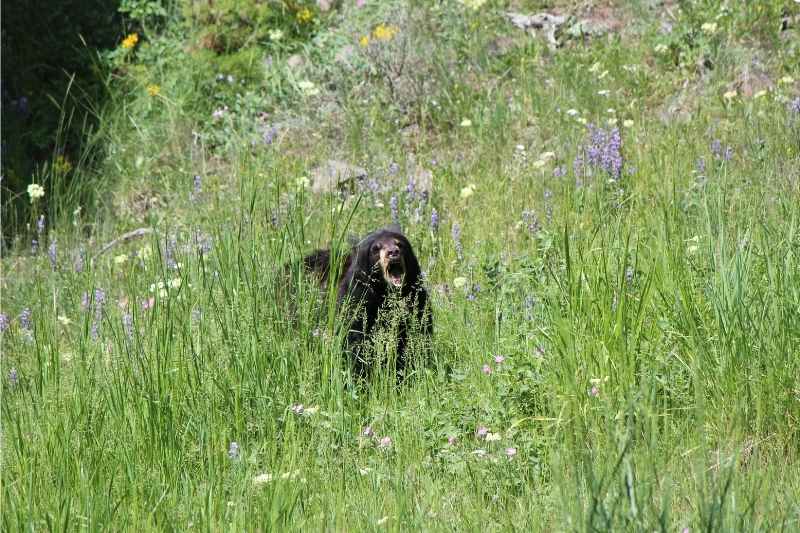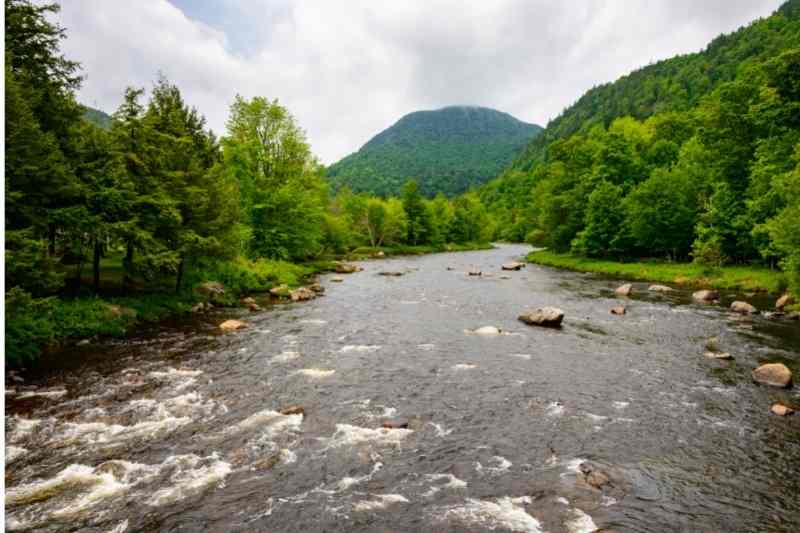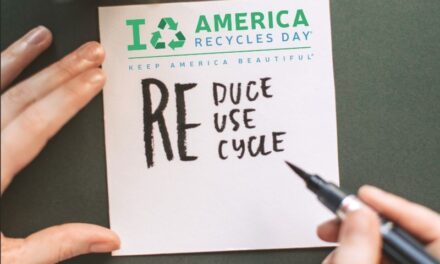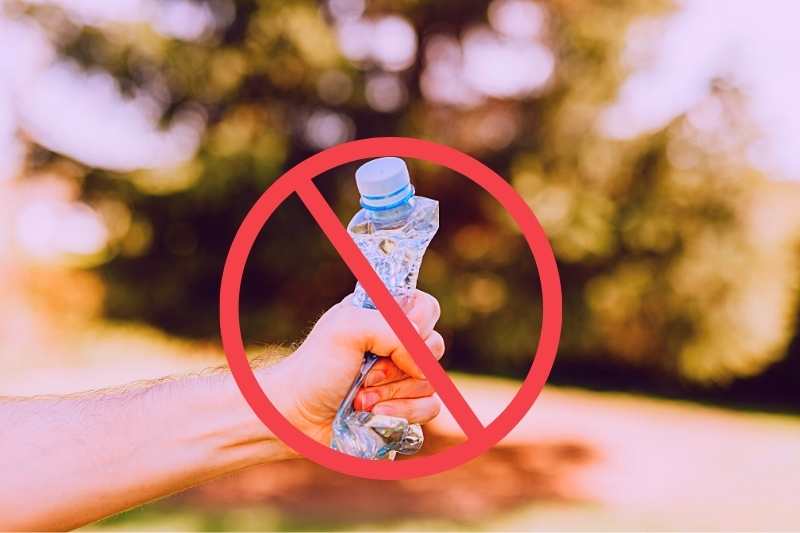In the United States, we have 63 natural parks and other protected land. Currently, this equates to about 12% of our land as protected (roughly 432,000 square miles).
In March of 1872, Congress established Yellowstone as a national park and kicked off a wave of parks across the USA. At that time, we had large tracts of natural habitats across our country beyond the protected areas. Most of the land in the US, however, is private ownership. Privately owned land can be used in a variety of ways, depending on zoning laws, without regard for the impact on natural habitats.
The essential factor in the life and death of species is the amount of suitable habitat left to them.
Species loss is increasing at an alarming rate. The rapidly increasing extinction rate is causing the natural world to be out of balance, resulting in health and environmental issues. We do not have enough land sustaining biodiversity.
The best way to slow and turn around this dire situation is to increase protected land in a wild-forever state.
The Adirondacks were declared “forever wild” in 1894 to counteract clear-cutting of the wild forests and pollution of rivers and streams. It has protected the land and wildlife from timber operations and land sales. The result is a thriving natural habitat in New York.
We applaud the Biden administration on the initiative to conserve 30 percent of the nation’s land and water by 2030.
The plan, known as “30 by 30,” will define what constitutes “conserved” land, and make it distinct from “protected” land. The wording is essential to our success. Today protected areas receive widely different levels of protection. Protected areas can be managed as wilderness while others allow commercial exploitation operations. To reach the 30 by 30 goals we will focus on protecting 30% of the land as conserved land (wilderness).
Today, 13 states can claim over 30% of their land as “protected”. However, the definition of “protected” has been open for interpretation.
These states along with all the rest have additional opportunities to increase their conservation efforts. “30 percent isn’t the end,” said Secretary of Commerce Gina Raimondo. “30 percent is the beginning. It’s setting a very strong foundation and we hope [it] will build the momentum for longer-term conservation to benefit current and future generations.”
The United States protected areas are controlled by different federal, state, tribal, and local level authorities and receive widely different levels of protection.
They can all use our help to support their efforts in expanding the protected area across the country to reach 30 percent by 2030. To help you get started, explore our OPL INSIGHT interactive map. Hover over each state to learn the amount of protected land, the most notable parks by state, and how each state ranks for protected land. Check out your state by googling “wild forever” with your state name and see if there are initiatives you can support. If you are interested in protecting old forests, check out oldgrowthforest.net.











